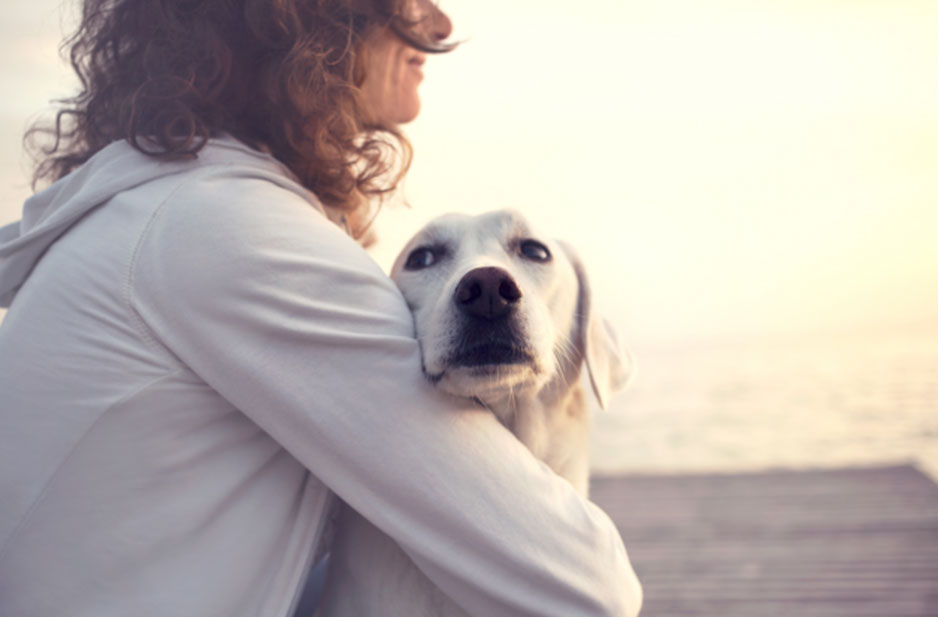For many of us across the nation, dogs are a huge part of the family, with more than six in 10 dog owners admitting they often see their dog as being like one of the children*. And just like us, dogs can also experience stress and anxiety. With many of us treating our pooch as one of the family, then shouldn’t we give them the same care?
Lintbells, the manufacturers of natural calming supplements YuCALM, are encouraging dog owners across the nation to perhaps give their four-legged friends some extra care as one of the family – after all, a happy dog means a happy family. With that in mind, Lintbells have come up with a few ways to help spot the signs of stress and anxiety in your pooch.
Stress signs
Modern day life is stressful for many dogs, whether its meeting strangers or spending time alone, many dogs can find certain circumstances hard to handle. Recognising signs of stress in your pooch is key to being able to help them. Keeping an eye on their body language can go a long way to identifying the situation that is causing them to feel anxious and will put you in the position to do something about it.
Some signs of stress may be more obvious than others, including excessive panting or shaking – dogs will pant when too hot and shake when too cold, however a shaking dog with heavy breathing will likely indicate they are under some stress or discomfort. Be mindful if your dog starts hiding and running away, as well as tucking their tail between their legs, as these can also be clear indicators of anxiety or stress.
Dog owners should also be looking out for signs that could be less obvious, including your dog moving their ears back or becoming more restless and struggling to get comfortable. In some cases, your dog can become more aggressive and begin to bark more. Your pup may show some behaviours that could be even more difficult to spot, such as wide eyes and worried facial expressions.
Managing your dog’s stress
There are many ways to help your dog with their stress or anxiety. The first being, to try and identify the source and triggers of the fear and stress. In the short term try to avoid those triggers of fear or anxiety to reduce stress. You’ll then be able to implement a behavioural therapy programme, as your dog becomes less stressed and more receptive. Consistent exposure to what your pooch finds scary or stressful may ruin the chances of helping them at their own pace.
Creating a calm environment is also a great way to minimise anything that might make your dog stressed. This could be by building a small den for your dog to relax in, a cosy bed or covered crate will work perfectly. If you have more guests round your house that might create anxiety for your dog, like at Christmas for example, giving your dog their own room separate from your guests will allow them to relax away from any loud noises or larger crowds of people.
If problems do persist, then it’s important to talk to your vet. They will be able to check that your dog is well medically, and if not, it may be time to talk to a Clinical Animal Behaviourist. They will be able to devise a practical plan to help your dog and provide behavioural therapy programmes.

















